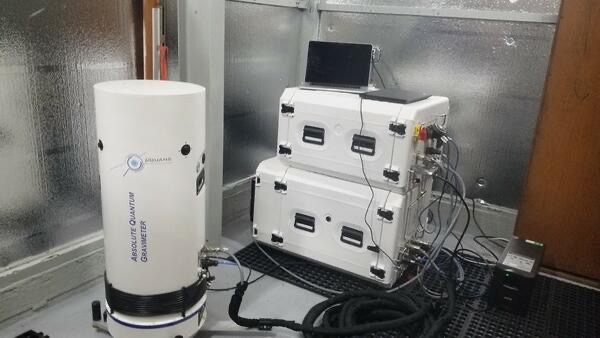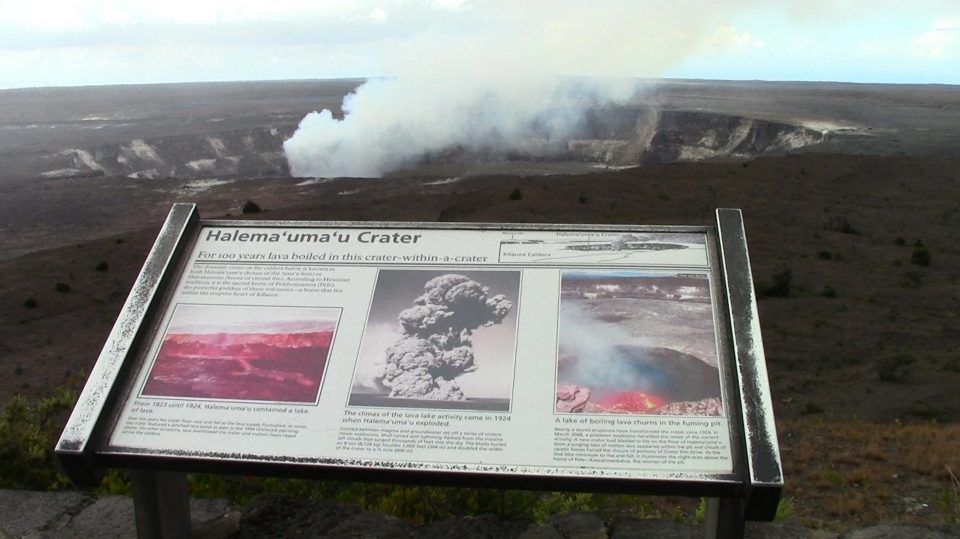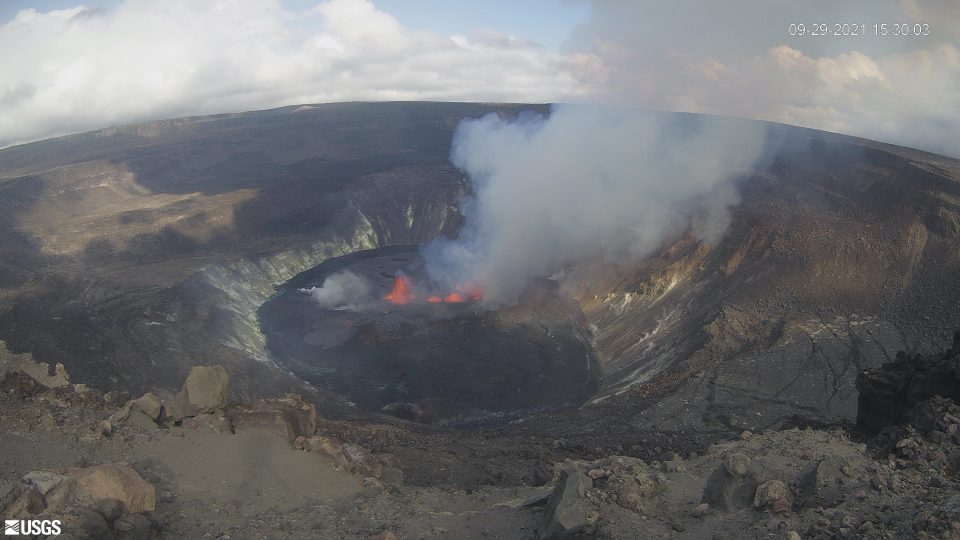
By Alfred Acenas
Eagle News Service
HONOLULU (Eagle News) — A new, state-of-the-art instrument called an Absolute Quantum Gravimeter (AQG) will help scientist improve the forecasting volcanic activity by measuring very small mass changes beneath the ground surfaces of the Kilauea volcano. The U.S. Geological Survey’s (USGS) Hawaiian Volcano Observatory (HVO) on Big Island announced this on Thursday, March 17.

Before the AQG was fielded, HVO depended on relative gravimeters, which would measure the difference of gravity between various locations. However, these instruments would suffer from “drift,” which added noise to the measurements conducted over a span of weeks to months, thereby compromising data accuracy. Scientists would have to frequently stop their observations in order to remove the drift.
Absolute gravimeters, on the other hand, directly measure the acceleration of gravity. Free-fall absolute gravimeters, the most common type, use lasers to measure the free-fall acceleration of a small reflecting prism (a test mass) in a vacuum. Unlike relative gravimeters, absolute gravimeters do not drift nor degrade in accuracy over time.
Due to their larger size and more delicate mechanical parts, AQGs still require an ample power supply, and are not designed for use in harsh field conditions such as volcanoes. Those that are field portable are not yet capable of long-term continuous measurements or sensitive enough to detect the small changes needed for volcanic monitoring.
An identical AQG was recently installed on Italy’s Mount Etna volcano, which frequently erupts. According to the USGS, the instrument has successfully recorded many months of high-quality data despite high vibration noise levels, and continues to help improve hazard reporting and crisis management planning in Italian island of Sicily and beyond.
For the time being, HVO’s AQG is undergoing experimental testing and calibration. Its long-term home will be co-located with other instruments at Kīlauea’s summit, where it will take continuous measurements except when conducting occasional field deployments.
Kīlauea continues to show signs of activity, albeit stable
Over the past week, lava has continued to intermittently erupt from the western vent within Kīlauea’s Halemaʻumaʻu crater. Sulfur dioxide emission rates remain elevated and were last measured at approximately 1,900 tonnes per day as of March 10.
“The divided lava ponds develop temporary archways, while the West Vent spatter cones continue their low-level eruptive activity,” said Dane duPont of Hawaii Tracker, a volunteer group that periodically monitors Kīlauea’s activity and updates followers on social media. “Lava output and gas emissions continue to reflect minor changes in ground tilt, and vog remains the most significant impact to island people, with otherwise no change in current volcanic threat.”

(Eagle News Service)
